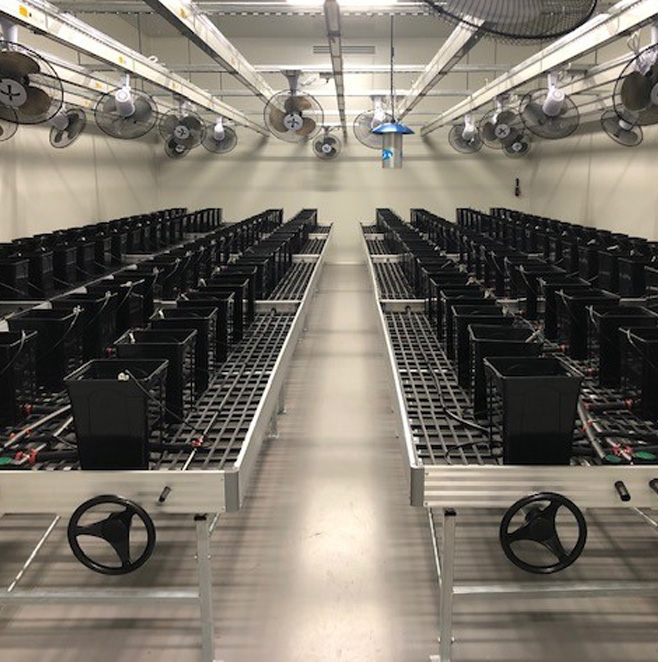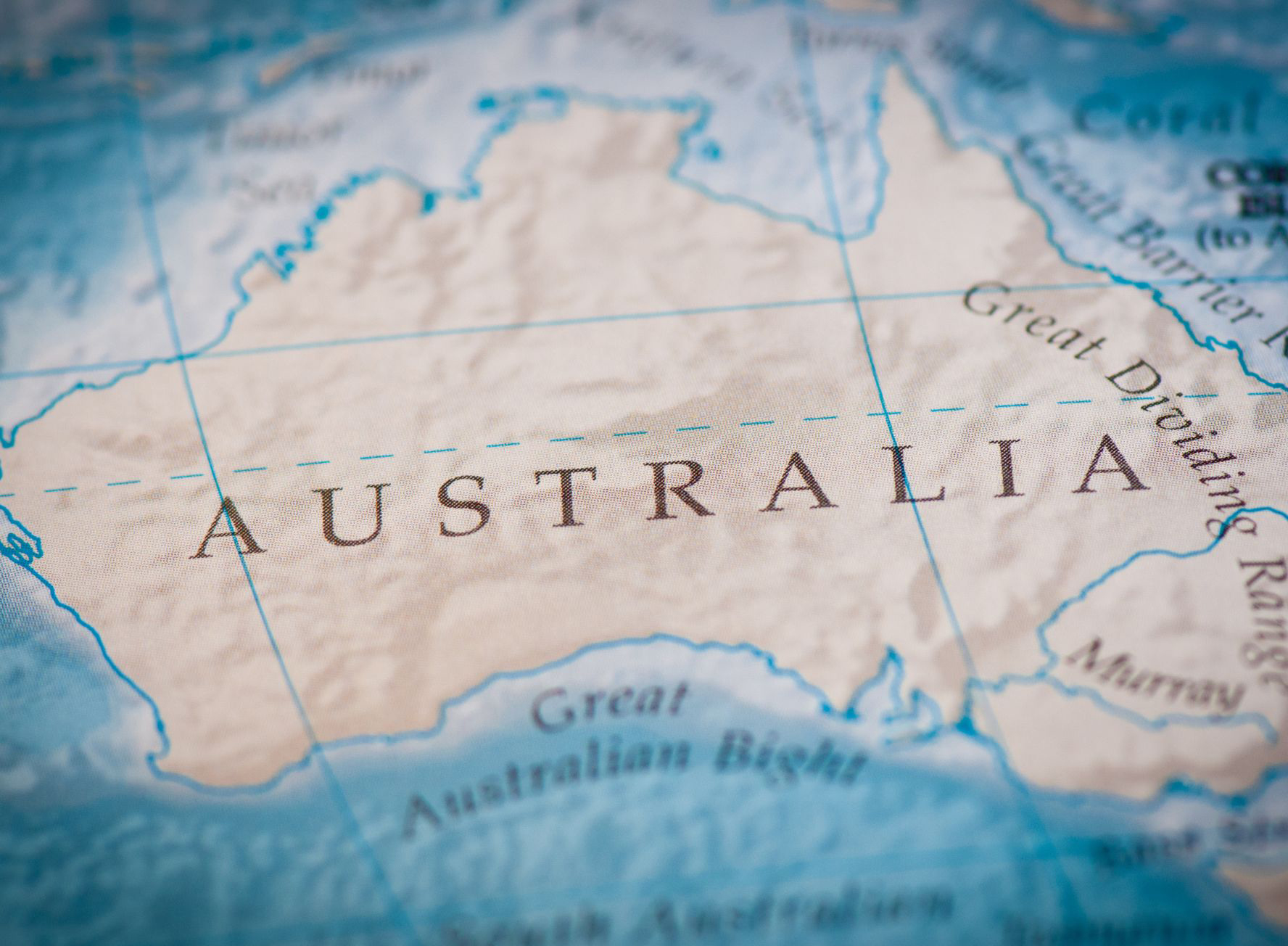There are many different aspects of medical cannabis production. The process itself involves various extraction and manufacturing methods to produce different types of products to suit a wide range of patient needs. Licensed facilities in Australia can cultivate, manufacture, and distribute their products across the country and export them overseas with the right permits. Since its legalisation in 2016, the world of medical cannabis production has continued to make strides in Australia, with the constant development of quality testing, packaging regulations, and legislation.
Where Australia’s Medical Cannabis is Grown
Medical cannabis in Australia can be grown indoors, outdoors, or in greenhouses. Growing cannabis outside is generally considered the cheaper option since you don’t have to provide resources like water or light. However, this opens up cannabis plants to natural elements that might have a detrimental effect, such as wind and rain, as well as cross contaminants and insects that may damage the plants or dilute their quality.
Growing cannabis indoors allows manufacturers to have greater control over the environment. They can adjust factors like temperature and light to provide optimal growing conditions. However, this approach can be costly due to the expense of climate control technology, filtration, lights, and more. Alternatively, growers may use a greenhouse, ideal for regulating the inside temperature without using complex technology.
Specially engineered greenhouses can help minimise electricity costs for indoor growers by attracting sunlight and providing quality environments inside the structure for cannabis to grow.

Converting Raw Plant Materials into High-Quality Medical Cannabis
Once harvested, there are several ways to convert cannabis plants into medical cannabis products. Depending on the type of cannabis product, manufacturers may use extraction methods, drying and curing, or other ways to create oils, capsules, edible products, and more. Extraction is typically used when making CBD oil.
Solvent, CO2, and oil extraction separate the chemical compounds in cannabis from the plant, where it becomes an oil. Supercritical CO2 extraction involves pumping dry ice into a chamber where it converts to supercritical CO2 and extracts cannabinoids, trichomes, and terpenes. These extraction methods are critical to separating the key components of cannabis and turning them into an easily dispensable form like oil or capsules. The production of medical cannabis varies widely depending on the type of products being made.
Help is at Hand
Get free information and assistance quickly by filling out the contact form below.

How Australia Produces THC, CBD, and Other Actives
To be accepted for medical use, cannabis undergoes stringent quality testing. The product must meet standards set by the Therapeutic Goods Administration. This regulatory body controls the cultivation, manufacture, and distribution of therapeutic goods in Australia, as well as medical cannabis.
Chemical compounds like THC and CBD are heavily regulated to help maintain high-quality medicine around the country. Before a facility begins to produce medical cannabis, they must apply to the Office of Drug Control (ODC) for a licence. Their product must also meet certain standards that assure quality and effectiveness, like clinical trials and facility inspections. This is what separates pharmaceutical-grade cannabis from recreational cannabis or street cannabis.
Medical cannabis is made in adherence to Good Manufacturing Practices (GMP) in a controlled environment. The process is analysed and recorded, and the ratios of chemical compounds are typically much more measured and controlled than recreational cannabis, plus the use of pesticides is not allowed. This consistency and quality testing allows certain cannabis products to be used as therapeutic medicines.
Security Features and Labelling
Manufacturers are required to take certain security measures when producing medical cannabis. Aside from general facility security, which protects products from theft or cross-contamination, steps must be taken once the product leaves the facility to ensure it is used correctly.
The TGA also has strict standards on what classifies as a correctly labelled product. The label must contain all the information needed for a patient to identify the goods and understand how to store them safely. The components of the medicine also need to be specified clearly. Regulations also state that most medical cannabis products must be packaged with child-resistant closures to prevent accidental consumption by minors. Correctly labelling and packaging medical cannabis products helps patients and doctors clearly identify medicines and prevent incorrect consumption.

Exporting medical cannabis in Australia
Medical cannabis can be exported from Australia, given the proper licences and permits are obtained. The landscape of medical cannabis is evolving in Australia. Since its legalisation in 2016, medical cannabis companies and facilities have continued to produce quality natural medicines for Australian patients and beyond.
Little Green Pharma pioneered Australia’s first locally grown cannabis medicine in 2018, which eased the financial burden of importing goods from overseas. We have established two of our own GMP-licenced, world-class medical cannabis facilities in the South West of W.A. and Denmark (EU). This demonstrates the wide net of medical cannabis research, production, and testing. Since 2016, thousands of our products have been prescribed in Australia and overseas.
The world of medical cannabis continues to grow, branching out to deliver accessible and affordable medicines to patients worldwide.
Importing medical cannabis in Australia
Medical cannabis can be imported to Australia, provided the products meet TGA and Office of Drug Control (ODC) requirements. Only certain controlled substances are allowed into Australia, and import permission is required for each shipment and each substance. The exporter should also have the appropriate licences for their location.
If you are importing medical cannabis, you must also ensure you have the right permits and approvals for cultivation, manufacture, and distribution. Cannabis medicines may also be imported by medical practitioners on behalf of patients. If the product is unregistered, practitioners can apply for import approval through the Special Access Scheme.
Prescriptions and dispensing
Pharmacies can order and dispense medical cannabis products for patients with a prescription. When a medical practitioner prescribes a cannabis product, the patient can go to any pharmacy and have their prescription dispensed.
For unregistered products, a doctor must apply for approval from the TGA and attach a copy of the approval letter to the patient’s prescription. Pharmacies can order unregistered products from licensed suppliers if they have proof of approval from the TGA.

Contact Us For Free Assistance
"*" indicates required fields
More information on medical cannabis production
Manufacturing medical cannabis is a highly regulated procedure in Australia. This page breaks down the different elements of medical cannabis production.
Medical Cannabis Production in AustraliaThe manufacturing process of medical cannabis varies depending on the product type. Find out how cannabis oil, flowers, vape cartridges, edibles, topical products are made.
Manufacturing Different Medical Cannabis ProductsAustralia mainly grows Sativa, Indica and hybrid cannabis strains, each of which has its own production techniques.
Producing Different Medical Cannabis StrainsLearn more about the legal landscape surrounding medical cannabis strains in Australia, including regulations governing cultivation, prescription, and usage for therapeutic purposes.
Legal Medical Cannabis Production